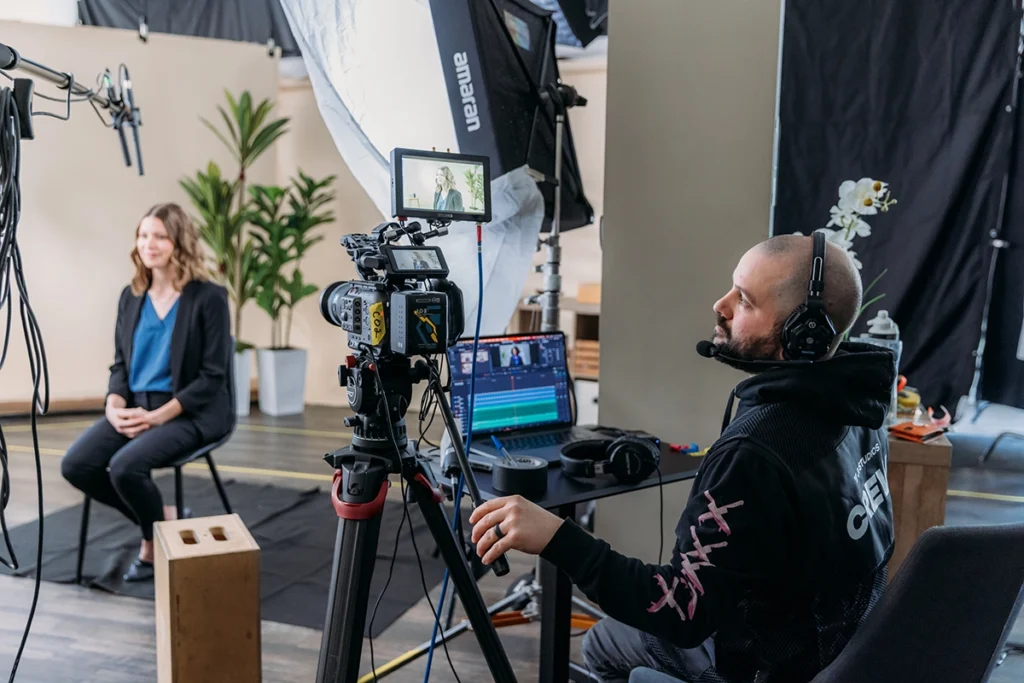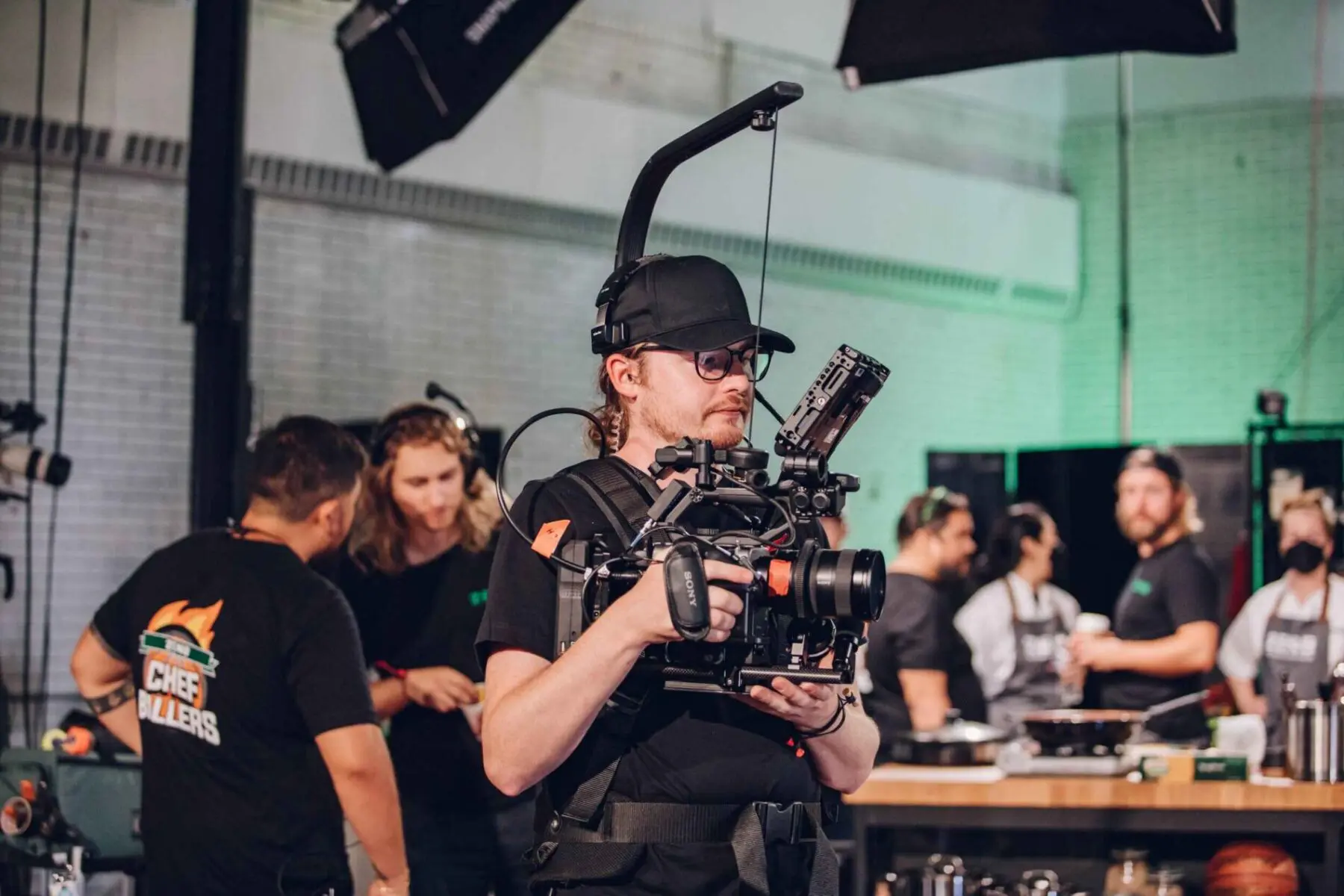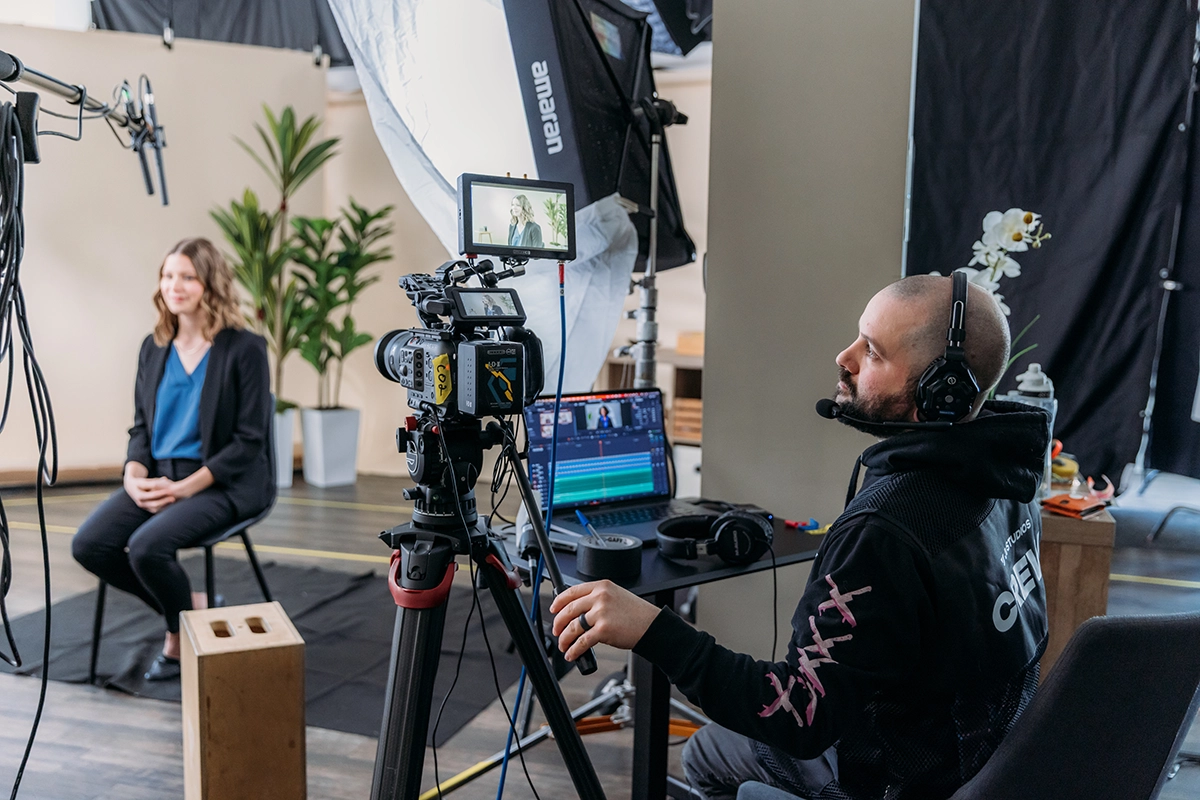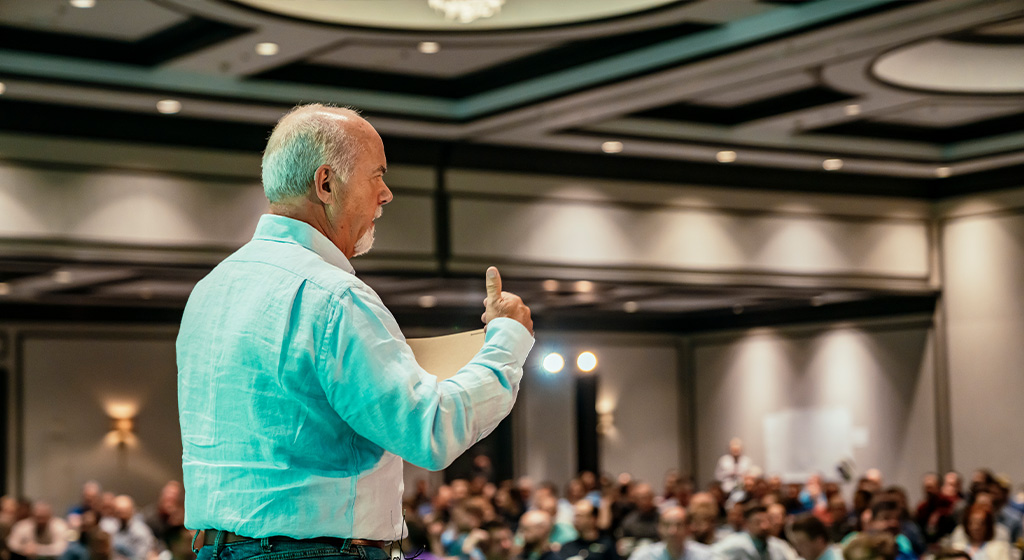
The rise of artificial intelligence is reshaping creative industries, and AI in video production is no exception. What once took teams of editors, producers, and writers days to complete can now be accomplished more efficiently and with greater precision with the support of AI tools.
For businesses and creators, the promise of AI lies in its ability to reduce costs, enhance quality, and unlock creative possibilities. Yet, hesitations remain. Some worry that overreliance on automation could strip projects of their human touch, making content feel cold or formulaic.
At JV Studios, our creative minds come first; however, the efficient use of AI has strengthened our team’s processes.
A.I. in Pre-Production & Planning
Pre-production is one of the most time-intensive phases of any video project, requiring brainstorming, detailed planning, and script refinement. Today, AI tools are helping production teams cut down on time while keeping ideas sharp.
Ideation
AI-powered platforms can generate content ideas based on audience insights, trending topics, or brand voice analysis. Instead of starting from a blank page, creators can input a few prompts and quickly receive dozens of potential directions for campaigns, ad spots, or brand stories. From these high-level ideas, our team is able to implement the creative touch that differentiates a good idea, from greatness.
Storyboarding
Traditionally, storyboarding required artists and designers to map out visual sequences by hand or in design software. Now, AI-powered visualization tools can create quick mock-ups, letting those artists and designers preview how a scene might look in seconds. This helps reduce misunderstandings later in production, maximizing the impact our creative team has on-set.
Script Editing
Beyond catching typos, modern AI systems suggest phrasing changes to improve clarity, pacing, or emotional impact. For multilingual projects, AI-powered translation tools make scripts accessible to a wide audience without requiring a complete overhaul.
A.I. in Post-Production & Editing
Once filming wraps, the bulk of the work shifts to post-production, a phase that often takes the longest. From trimming raw footage to balancing audio and color, AI is helping video editors speed up workflows while improving quality.
Audio Editing
AI tools can enhance many aspects of sound design, from background noise reduction to balancing dialogue levels.
While there are still significant limitations, among the most exciting applications is AI-assisted voiceovers. Some advanced platforms can clone a speaker’s voice, making it easy to update scripts without calling talent back into the studio. Used responsibly, these tools allow for flexibility while reducing costs.
Transcription & Subtitling
Adding captions and transcripts to video is essential for accessibility, SEO, and global reach. In the past, this required long hours of manual typing. AI transcription platforms now generate subtitles in real time with impressive accuracy.
It’s important to remember that AI tools can’t really capture audio elements that aren’t voice-over; that’s why the automated transcription should always be reviewed for accuracy.
Color Correction & Video Upscaling
AI is also transforming visual quality. Color correction tools can automatically adjust tones, contrast, and brightness to match a project’s intended style. This is great for consistency, especially for simple projects that need a little improvement..
Another interesting development that is starting to make an impact as it is becoming more accessible and accurate is Video upscaling. Video upscaling goes a step further than color correction, allowing editors to enhance low-resolution footage. Instead of reshooting, AI can sharpen details and upscale footage to 4K or higher, extending the lifespan of older content and saving production costs.
Digital Distribution
Once the editing process is complete, it’s time to distribute.
AI tools can help determine when and where your video should be distributed once complete. By analyzing audience behavior, AI platforms can recommend whether a video will perform better on Instagram Reels, YouTube Shorts, or LinkedIn campaigns.

AI Tools & Platforms for Video Production
Dozens of AI-powered tools are available today, each designed to streamline specific parts of the video production process.
- Adobe Premiere Pro (Sensei) – Adobe’s AI engine, Sensei, offers exciting features like automated color matching, smart reframing for social platforms, and Scene Edit Detection.
- Final Cut Pro – Apple’s flagship editing platform now includes AI-assisted video editing tools, including scene detection, smart cropping, and enhanced background noise removal.
- CapCut – Popular among social content creators, CapCut includes templates, smart trimming, and auto-captioning. Its accessibility and ease of use make it a go-to for mobile editing.
- Descript – This tool is great for dialogue-heavy video. Descript allows editors to cut video by editing text transcripts, generate overdubs with AI voices, and quickly create polished clips for distribution.
- DaVinci Resolve – Known for color grading, DaVinci Resolve incorporates AI features such as facial recognition, smart masking, and automated color correction.
Why Choose JV Studios for Your Next Video Project
AI is transforming video production. But technology alone can’t create stories that connect with people. That requires a creative partner who knows how to strike a balance between innovation and human impact.
At JV Studios, we help brands tell stories that resonate. Our team leverages AI tools not as a replacement, but as a supplement to strengthen the creative process. When you work with us, you get to work with creatives who combine advanced technology with human storytelling to deliver results that make a difference.
Ready to get started on your next project? Let’s make it epic.




